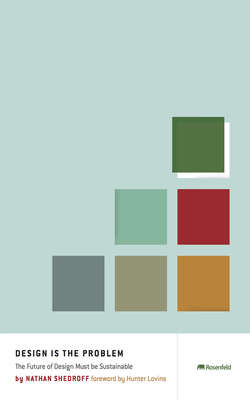Читать книгу Design Is The Problem - Nathan Shedroff - Страница 19
На сайте Литреса книга снята с продажи.
You Get What You Measure
ОглавлениеThis is the reality of most of the world—and especially the business world. Measures are seductive. Attaching a score or value to something often makes it seem more legitimate, accurate, and valid. Even if the measurement or scoring system is hopelessly flawed or the things being measured are fundamentally so qualitative that they resist quantitative measurement—scores, ratings, and numbers make us more comfortable, and often influence decisions more than any other issue. If there is a number, for example, we can track its rise or fall and compare it to similar numbers for related solutions.
Unfortunately, this means that things that can’t be measured easily because they’re so abstract or too big to measure (like happiness or environmental impact) often get ignored in decision making. At first, we may try to keep in mind their value alongside more quantitative measures, but after a while we forget to include them, and they disappear from not only our consciousness, but also our development criteria and management procedures. Throughout history, many of the benefits that design can bring have been difficult to measure, especially the ones that are projected into the future. This inability to project has made it difficult for designers to convince all manner of people, from managers to business leaders, to investors, to educators, and even to government officials the value that specific solutions and the design process itself can add.
This, too, is what has happened with social and environmental issues in business. There have been recent attempts to measure the financial value of social and environmental issues, and these are important steps. For example, if you can show the financial savings in energy efficiency for a skyscraper, especially as compared to the nominal differences in construction costs, you’ve got a great justification for building a more “green” building. Likewise, if you can show that your publicity solution will likely cause one million people to replace two standard incandescent light bulbs with LED bulbs a year, saving electricity in a municipal power system and preventing tons of carbon and sulfur from being released into the atmosphere, then you’ve got a great case for social venture investment.
